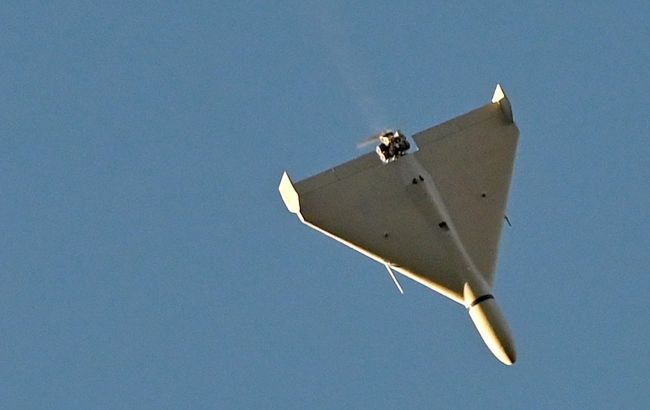Russia’s 2025 Shahed production goals and missile situation: Ukraine’s intel provides update
 Illustrative photo: Russia aims to produce tens of thousands of Shaheds this year (Getty Images)
Illustrative photo: Russia aims to produce tens of thousands of Shaheds this year (Getty Images)
Russia is scaling up production of its Shahed-type attack drones. In 2025, it plans to manufacture nearly 80,000 of these UAVs, states Deputy Chief of the Defense Intelligence of the Ministry of Defense of Ukraine Vadym Skibitskyi in an interview with Suspilne.
Drone production
Skibitskyi noted that Russia can increase the production of various types of UAVs, including Shaheds.
"They plan to produce 79,000 Shahed-type unmanned aerial vehicles in 2025. If broken down by type, that’s 40,000 Geran-2 units, 5,700 Harpiya-1 units, and about 34,000 Gerbera and other decoy targets," he added.
According to him, Russia is ramping up production thanks to the launch of additional manufacturing lines in Izhevsk and Yelabuga.
He noted that Russia seeks to fully replace imports in drone production. The airframe, internal combustion engine, and navigation system (except for chips and microelectronics) are already being produced domestically, with a similar situation for antennas.
"Thus, Russia is trying to be self-sufficient in producing this type of weapon. The potential is there. Our task is to prevent all this, not to allow such an increase, and, if possible, to destroy the production facilities themselves," Skibitskyi said.
Missile production
According to Skibitskyi, the situation with missiles in Russia is different — all missiles produced are immediately used. This trend is seen with the Kh-101, Kalibr, and Kinzhal missiles.
The accuracy of Russian missiles has improved. Previously, when attempting to strike the airfield in Starokostiantyniv, Khmelnytskyi region, Kinzhal missiles deviated by 3 to 15 kilometers. This was partly due to international sanctions as well as Russia’s inability to create its own navigation system.
"That’s why cruise missiles hit our civilian buildings. If you remember, even in 2022, when they struck the Artem plant in the Tatarka area of Kyiv, two or three times, a cruise missile hit a large civilian building instead. This is because, back in Soviet times, that building did not exist — they planned the strikes using maps from those old days," Skibitskyi said.
Now, according to him, the situation has changed — Iskander missiles have become more accurate and maneuverable.
It was earlier reported that Russia allocated about 3 billion US dollars for the mass production of Shaheds. Around 900 companies have been involved in this industry.

